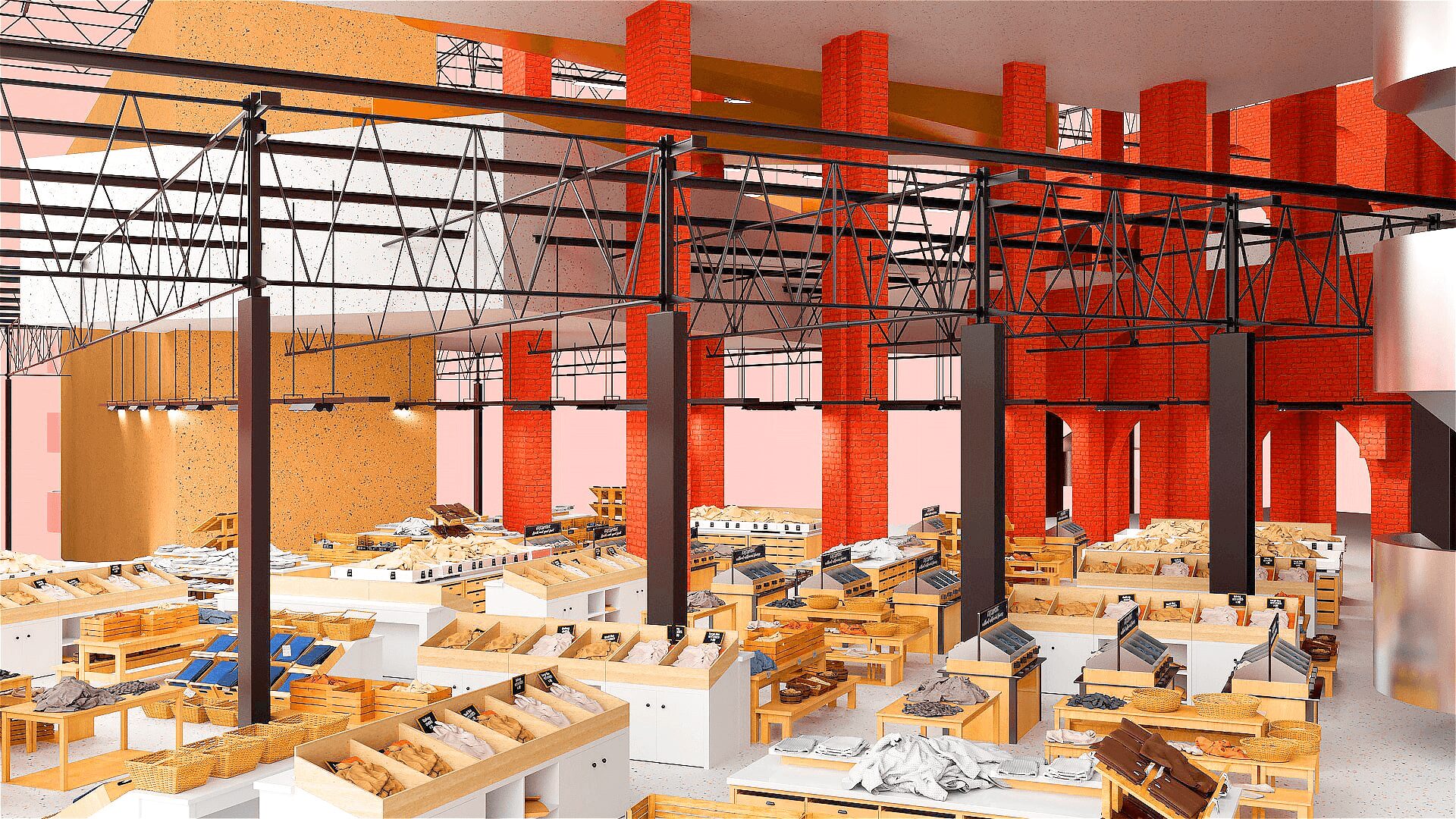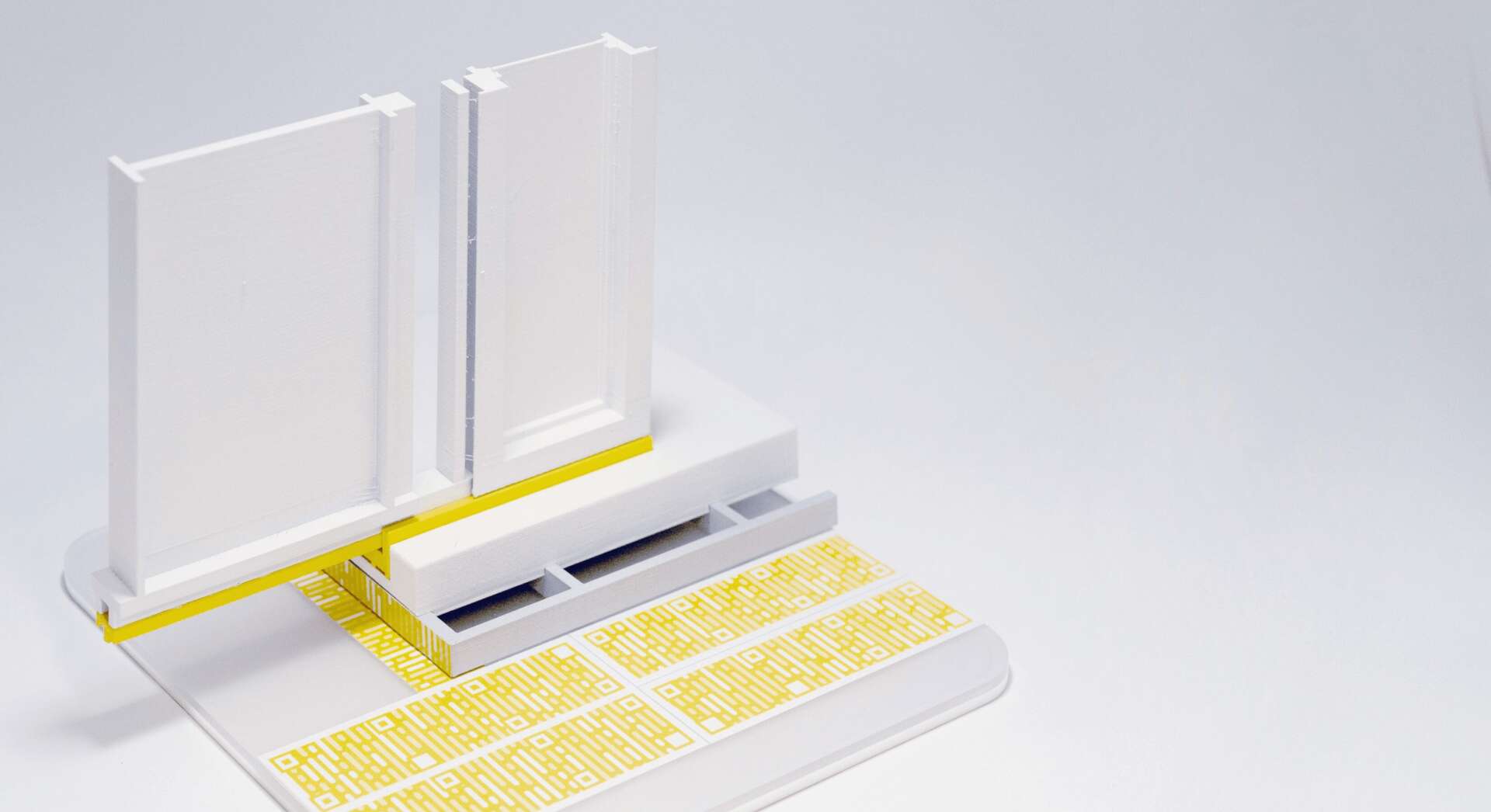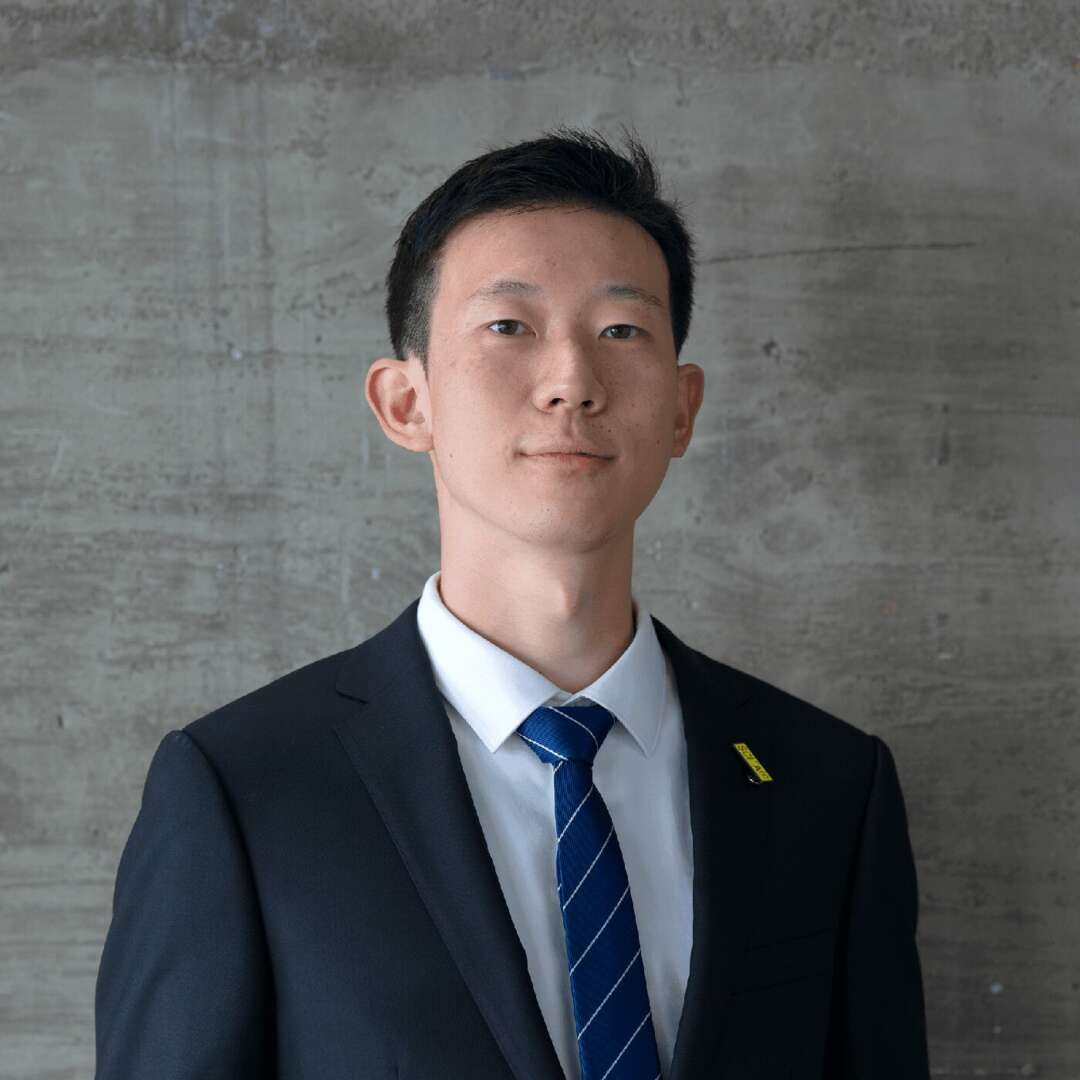We were lucky to catch up with Qihang Fan recently and have shared our conversation below.
Alright, Qihang thanks for taking the time to share your stories and insights with us today. We’d love to hear the backstory behind a risk you’ve taken – whether big or small, walk us through what it was like and how it ultimately turned out.
My current full-time role focuses on exploring practical applications of emerging technologies such as augmented reality (AR), mixed reality (XR), and artificial intelligence (AI). Taking risks has become a natural part of my work because utilizing these technologies often brings unpredictable challenges. I embrace these risks, as each difficulty I encounter fuels my motivation and excitement, even if I only make small advancements.
One significant ongoing risk I take is during my work on an augmented reality platform to support surgeries in an operating room. The challenges and risks associated with this goal are immense. Emerging technologies come with inherent risks in terms of performance and limitations. Moreover, every design decision I make could influence surgeons’ experiences and surgery success rates. To manage these risks, I adopted a strategy of breaking down the large, high-risk goal into smaller, manageable tasks.
For instance, instead of aiming to create a fully functional AR platform in one go, I focused on developing smaller AR applications incrementally. This approach allowed me to make steady progress while minimizing potential setbacks. Each small step created a virtuous cycle, providing me with more experience and confidence to tackle further challenges. This process taught me how to make informed decisions, seek help when needed, and recognize when to halt a project to prevent over-investment.
Designing and developing emerging technologies like AR applications is never easy, especially in the healthcare industry, where reference information is scarce. I relied heavily on brainstorming sessions with colleagues and drew inspiration from my accumulated experiences. Additionally, I always prepared for the worst-case scenario, much like extreme athletes who use protective gear and practice in controlled environments before engaging in their sports.
This methodology also applied to a significant career risk I took. Initially, I had an academic background in architecture but aimed to extend to a career in technology. During my master’s program, I acquired skills in user experience design, scripting, and working with emerging technologies to prepare for this leap. These preparations minimized the risk and provided me with a contingency plan to return to architecture if needed. As a result, I was able to pursue my goals confidently.
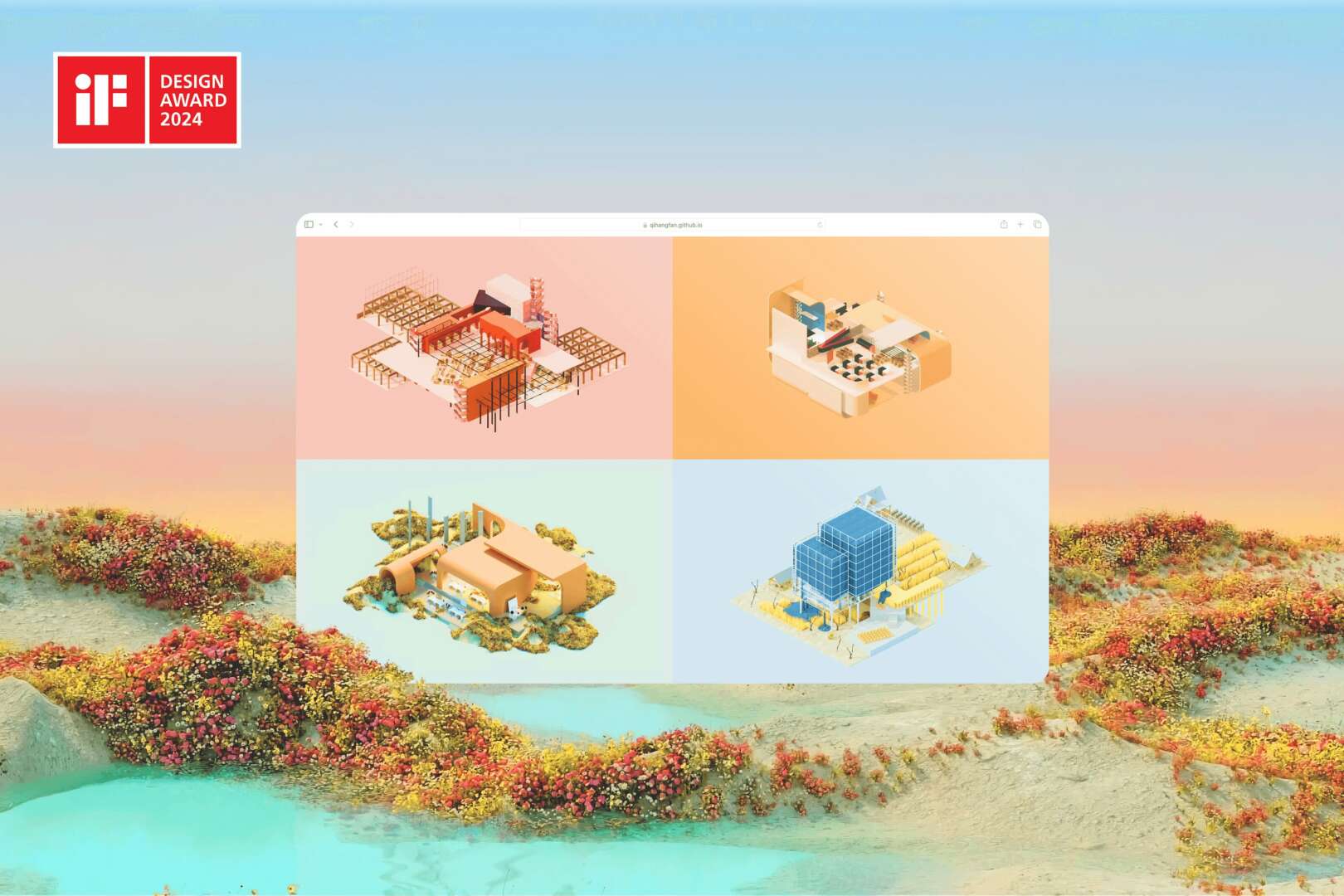
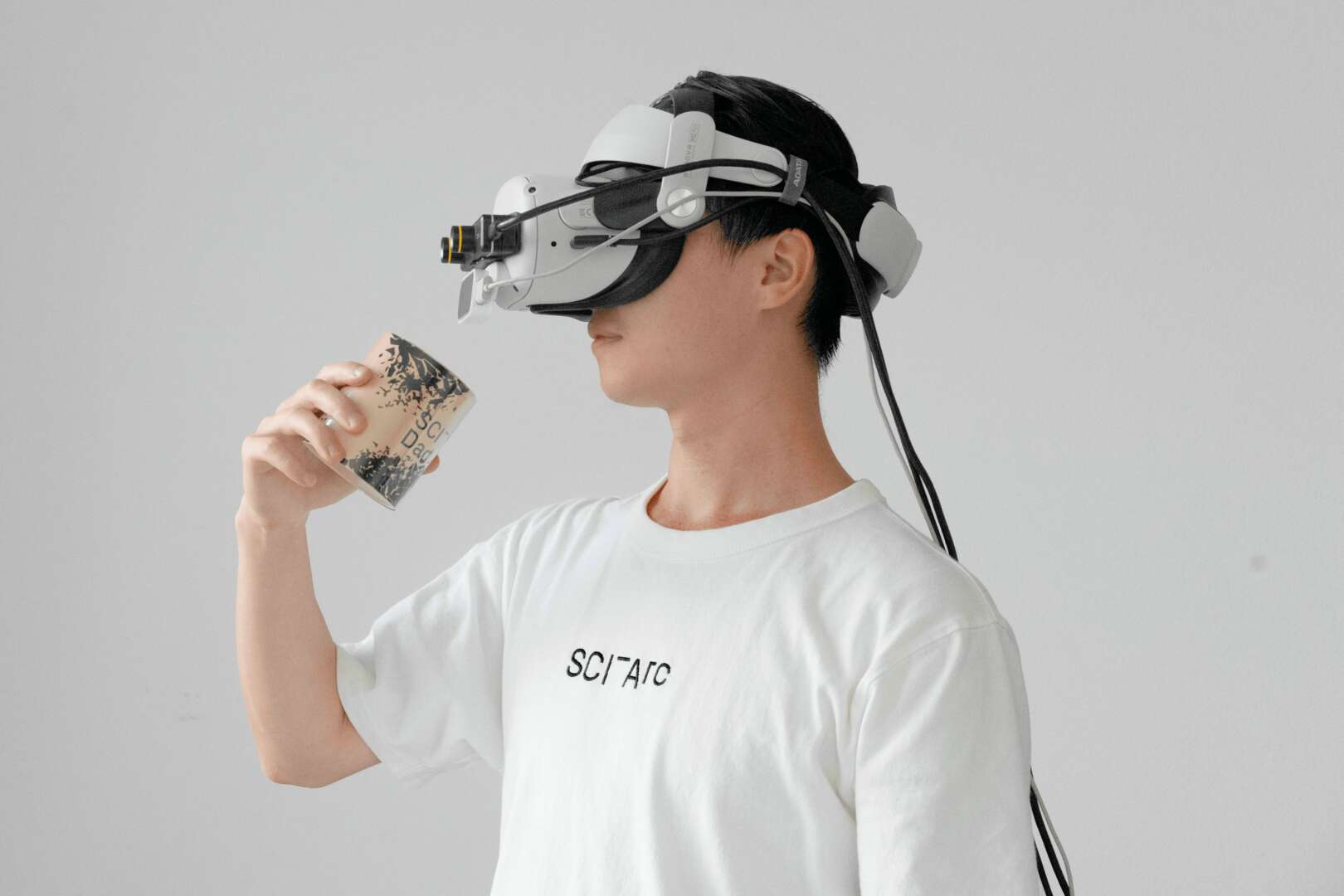
Awesome – so before we get into the rest of our questions, can you briefly introduce yourself to our readers.
During my undergraduate studies, I began my design journey in architecture, specializing in human ergonomics for intimate space reconfiguration and parametric design. These foundational skills allowed me to delve into emerging technologies and avant-garde architectural design during my master’s education at the Southern California Institute of Architecture. My focus areas included AR, XR, AI, and robotics.
In my design projects, I integrated AR technology to explore methodologies for prefabricated building assembly, practical applications in wood furniture fabrication, and object-oriented interactions on a physical desktop space. Additionally, I conducted extensive housing research and developed the Backyard Home Data Explorer, applying AI technology in a project sponsored by Google.
After completing my master’s program, I joined Arthrex as a product designer, where I focus on developing augmented reality applications for orthopedic surgery. My mission at Arthrex is to enhance the surgical experience for surgeons and improve patient outcomes through the use of emerging technologies. My expertise in user experience design, 3D spatial design, and human ergonomics converges in my current role, enabling me to address the complex challenges in this field.
In addition to my work at Arthrex, I am also an independent designer and developer. I strongly advocate for inclusive design and strive to make emerging technologies accessible to everyone. My open-sourced interactive digital media website, Four Typologies, empowers users to engage with spatial immersive experiences from their mobile devices directly. Through nuanced interactions and dynamic textures, this platform makes architectural designs more tangible, interactive, and accessible to a broader audience. I recognize the importance of sharing the knowledge I acquire and the experiences I create, especially for those who may not have access to advanced equipment or are unfamiliar with complex interactions.
Through my work, both collaboratively and independently, I am dedicated to fulfilling my lifelong mission of making a significant impact by pushing the boundaries of emerging technology while ensuring that the experiences I create are intuitive, accessible, and beneficial to all.
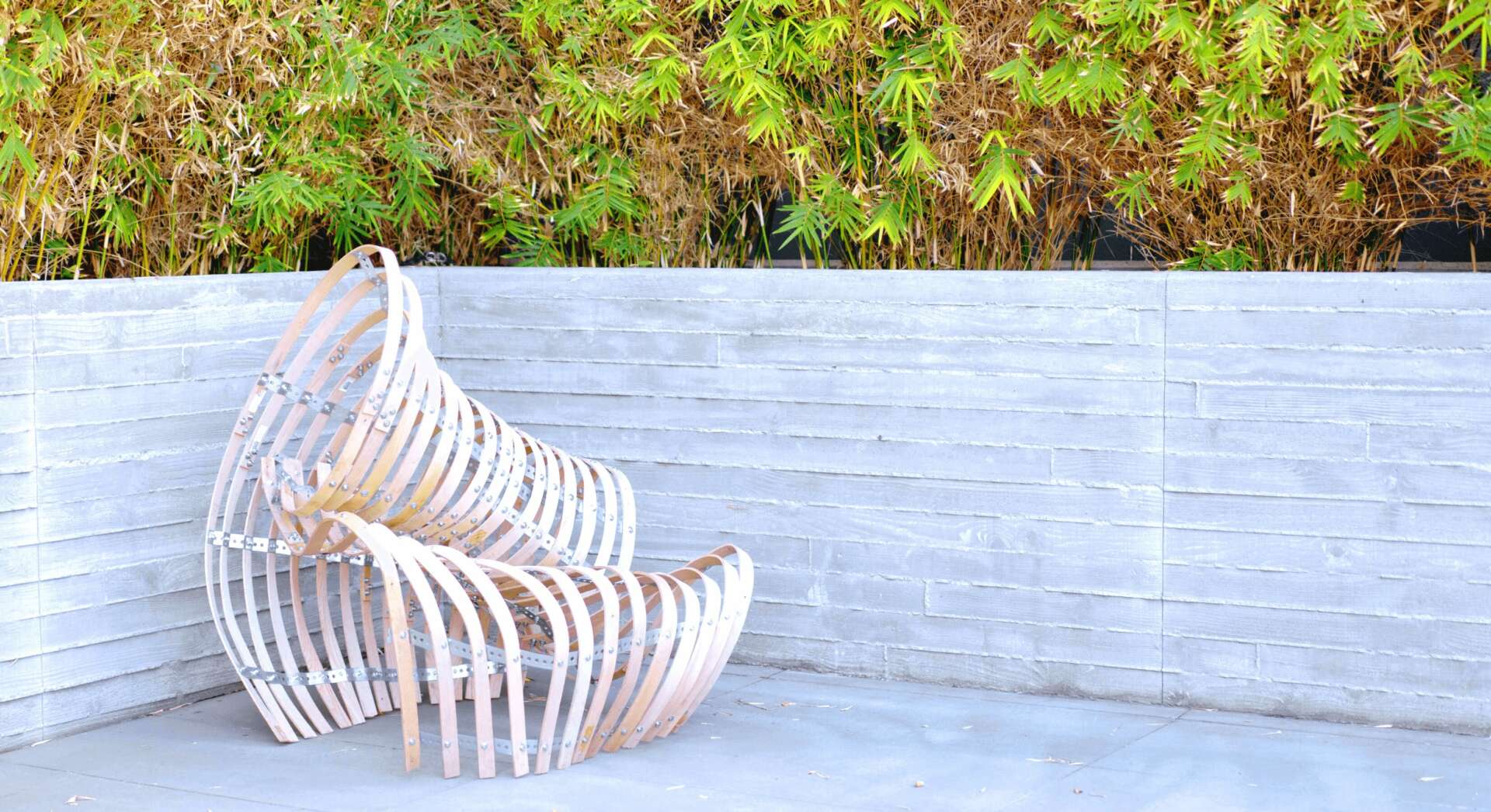

For you, what’s the most rewarding aspect of being a creative?
With 10 years of design experience, I’ve unconsciously adopted an artist’s mindset. No matter where they are, artists create their unique brands, because they deeply believe in themselves and the value that they are able to bring to the world. Over the years, I’ve learned more about myself, built my confidence, and begun exploring how to impact the world. While the idea of shaking the world as a whole might be a fantasy, embracing this mindset keeps me grounded and helps me thrive as an individual.
Artists pursue their passion regardless of the cost, which led me to my current role exploring emerging technology practices. Although I was pursuing my master’s degree in architecture, my curiosity and passion for cutting-edge technologies drove me to continue learning despite the heavy academic workload. I spent countless hours immersing myself in these new fields and eventually found ways to integrate architecture projects with emerging technologies. Looking back, I realize that these experiences have significantly shaped my path to my current career.

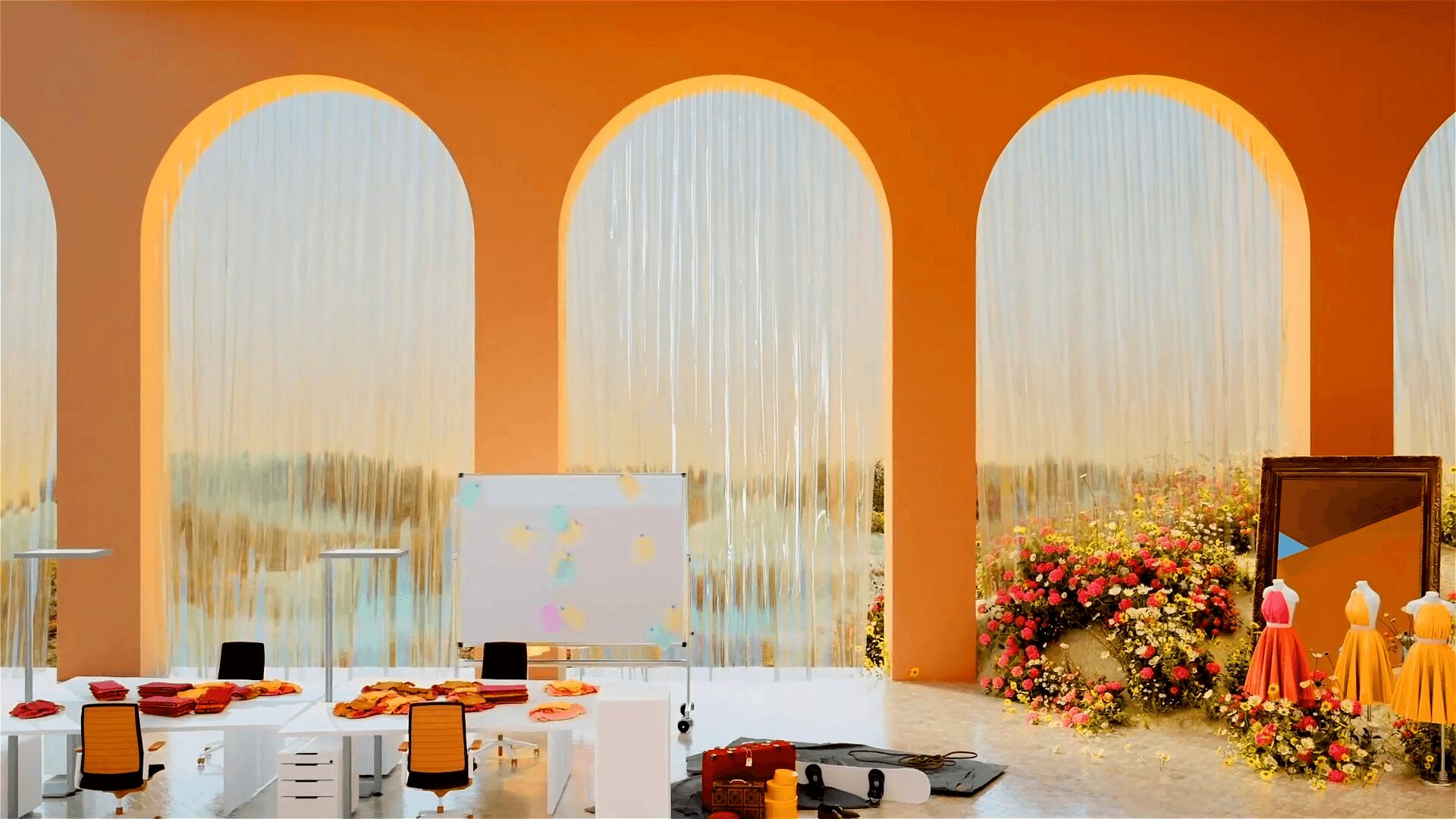
What do you think helped you build your reputation within your market?
All talented actors need an opportunity to perform on a well-known stage, where the audience worldwide will start to know them. I earned my stage by attending and competing for international awards with my designs and products. I’ve won over 20+ international awards so far, significantly boosting my exposure and reputation growth. These accolades have led to exhibitions, interviews, and opportunities to share my achievements with a broader audience online and with people around me.
My portfolio website (www.qihangfan.com) is also crucial in establishing my reputation. It showcases my expertise in product design and highlights my historical achievements. This readily available content allows me to start conversations with other professionals and leave a lasting impression.
Contact Info:
- Website: https://www.qihangfan.com/
- Linkedin: https://www.linkedin.com/in/fqhang/
